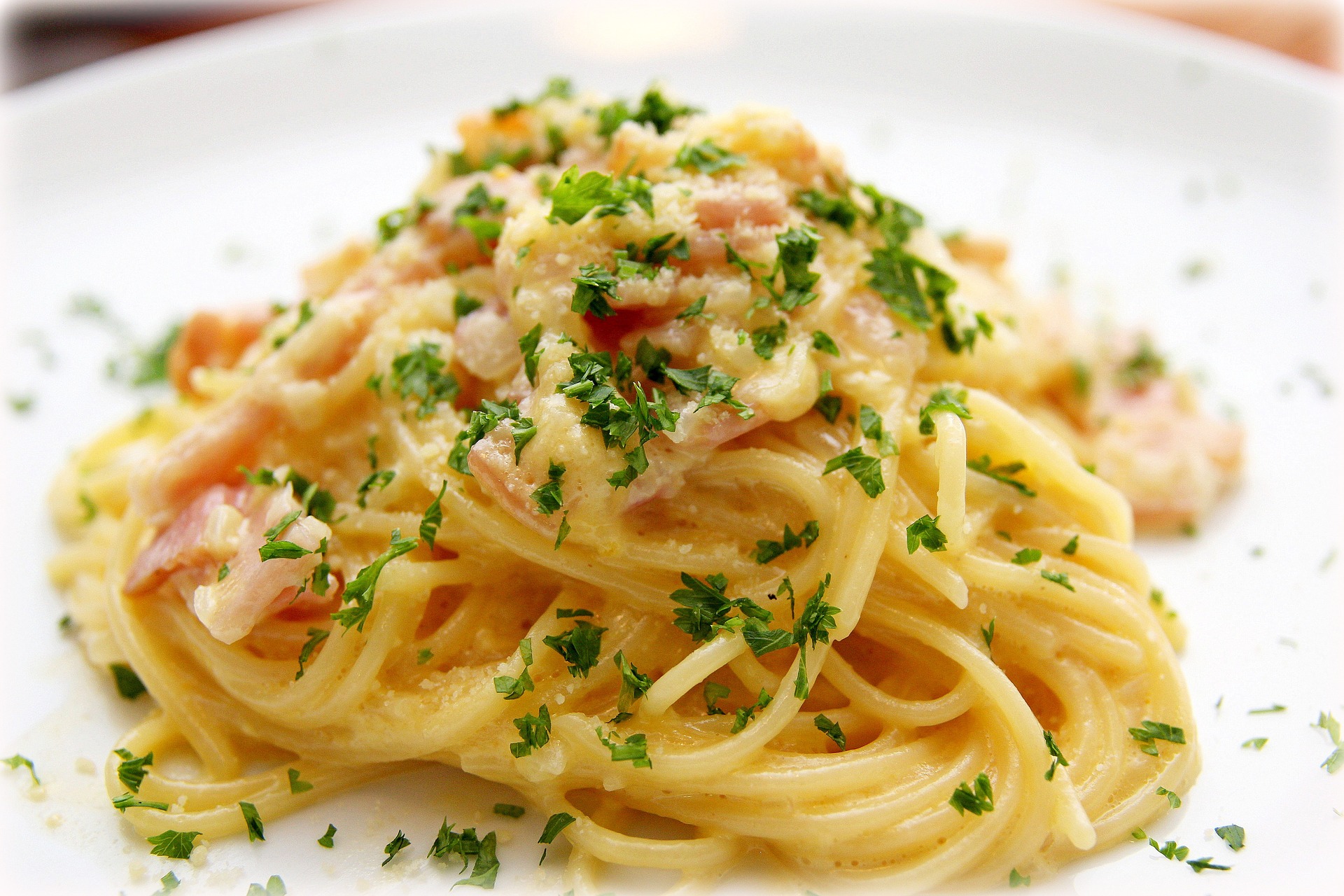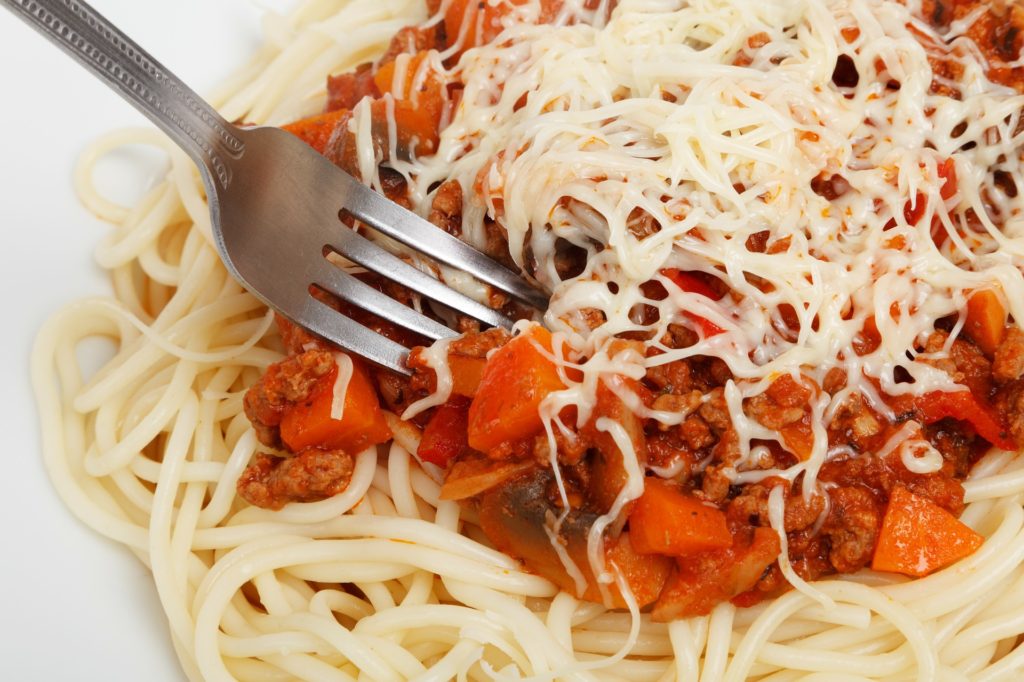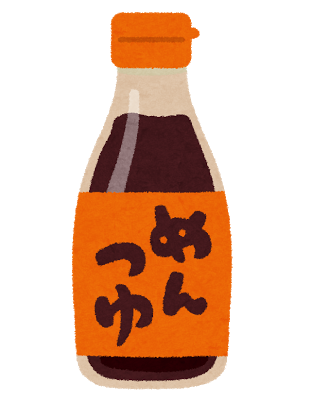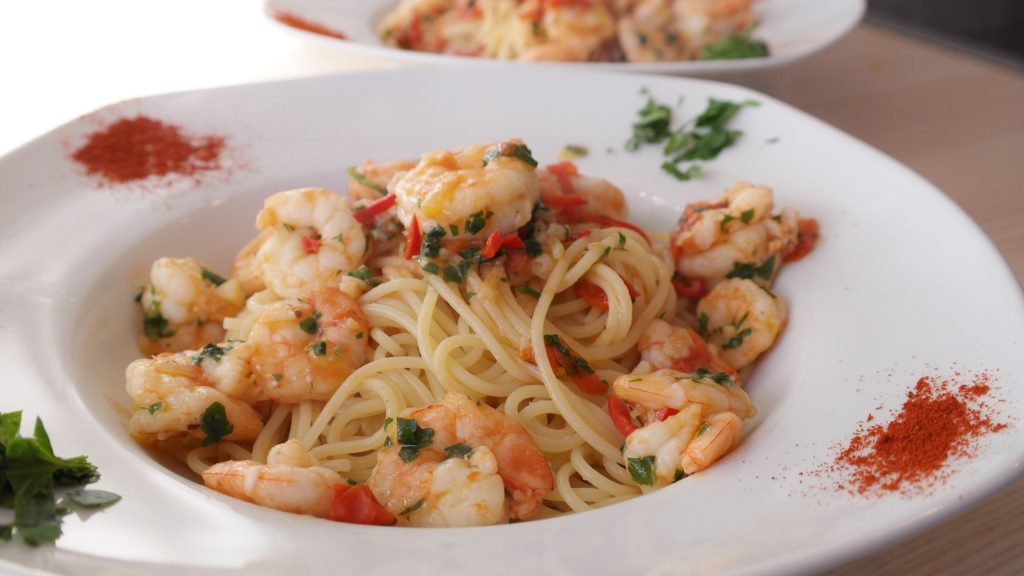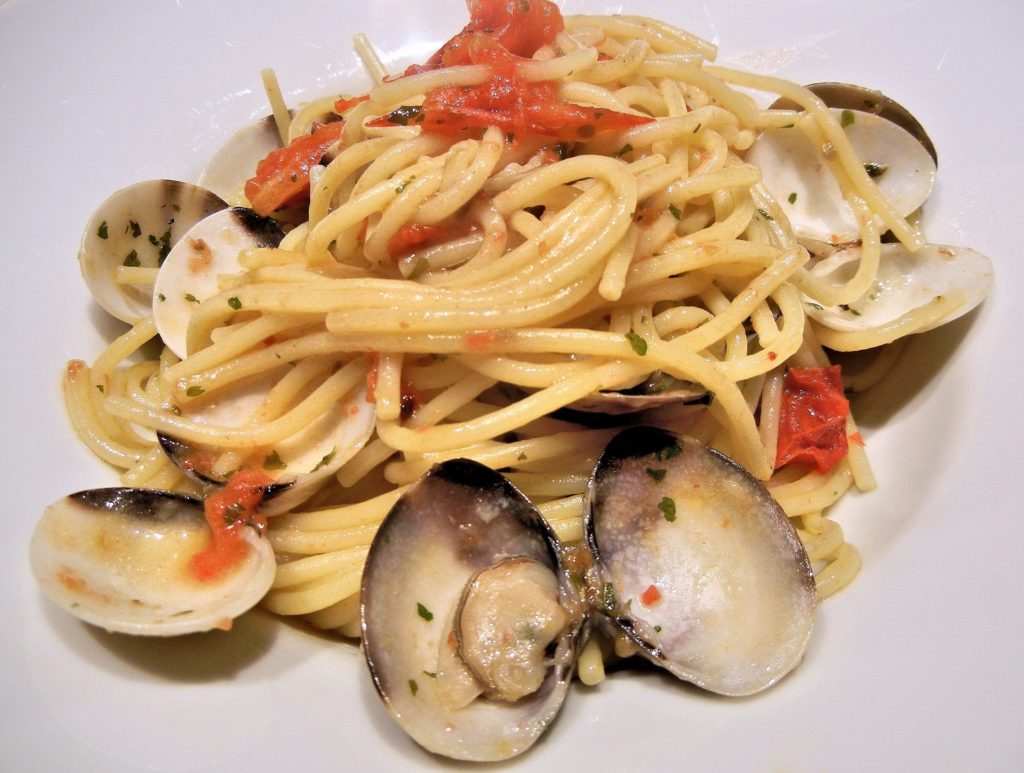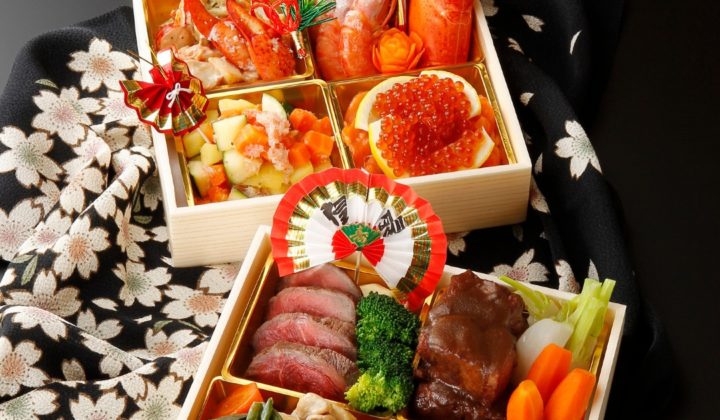Everyone loves pasta. Pasta is one of the most popular food in the world. All ages of people from young to old love to eat pasta. Japanese people love pasta too.
When pasta was first introduced to the Japanese people in the Taisho period, they used traditional European pasta recipes. However it has since been adapted and developed to suit Japanese taste. People ate pasta only at restaurants at first but soon people started cooking it at home.
Versatile fastfood
But why did it become so popular in Japan? Firstly as you know pasta is a type of fastfood that you can cook very quickly and easily. You just need a pan with boiling water for softening the pasta and simple ingredients for the sauce. Japanese people were already familiar with udon, ramen and soba noodles. People started to think of pasta as a western version of those noodles. Secondly it takes only 8 -10 minutes until pasta is cooked thoroughly so pasta is convenient for busy people and for those who prefer to cook simple food. In Japanese families these days it is common for both parents to work so they don’t have time to cook anything complicated and there’s a great number of singles who can’t be bothered by cooking time-consuming food for themselves. Thirdly and very importantly pasta does not have a strong taste itself so it goes well with any kind of flavoured sauce. You can tailor-make the sauce with your favorite ingredients. As a result naturally, Japanese people created new and unique sauces to go with their pasta. Finally pasta is the only type of noodle which goes well with dairy products. Japanese people never use dairy products in udon, ramen or soba noodle dishes. Also in Japan, oven cooking is not common at all so pasta is popular because it can be cooked without an oven.
Ingredients
To make a proper Italian pasta sauce, often tomatoes, milk, cheese and eggs are used. However in the past those ingredients were not so commonly available in Japan. Therefore people used ingredients available at home. It could be anything stocked in Japanese people’s houses like miso, soy sauce, short-necked clam (commonly used in miso soup), shiso perilla leaves, tarako (salted fish roe), mentaiko (salted and spiced fish roe) nori, umeboshi (pickled plum), natto (fermented soybeans), tomato ketchup, shirasu (dried whole young sardine), mayo, tinned tuna, sesame seeds, bonito flakes, Japanese dashi stock etc.
Most popular type of pasta in Japan
Spaghetti has always been the most common type of pasta among Japanese people and it still is the most popular type today. I guess the reason is because the shape of spaghetti is very similar to udon noodles so it is less challenging to cook and people are familiar with the shape.
If you would like to try the taste of interesting Japanese spaghetti sauces, you can eat them at Italian restaurants or family restaurants in Japan or you can buy vacuum packed instant sauces from supermarkets or convenience stores.
The base sauces and ingredients of the spaghetti
I’ll introduce some unique spaghetti sauces invented by Japanese people.
Mentsuyu soup
Mentsuyu soup is very popular with Japanese style pasta. It is very similar to teriyaki sauce but it is mixed in some water to make it soupy in texture.
It is made with soy sauce, sweet rice wine called mirin, rice wine called sake, sugar, salt, and the water is flavored with sea vegetables like kombu, shitake mushroom and bonito fish stock which are soaked into the water overnight.
You can buy ready-made mentsuyu soup from any supermarket or convenience store very easily or you can make it at home with the ingredients listed above.
Very common ingredients that go well with the mentsuyu pasta are umeboshi (small chunks of pickled ume plum) and chopped shiso perilla leaves. The mentsuyu ume and shiso pasta often comes with small strings of nori sea vegetable and chopped spring onions sprinkled on top. Sometimes chirimenjako (tiny whole dried fish) or shirasu (tiny whole raw fish) are sprinkled on top of the pasta too.
Soy sauce, butter and garlic
Garlic butter soy sauce pasta is a popular choice. One or two tablespoons of soy sauce, a slice of butter and crushed garlic are added after draining the boiled water from the saucepan. You can season the pasta just with soy sauce on its own but I would recommend adding butter and garlic too.
The most common ingredients to go with this sauce are bacon and shimeji mushrooms. Also bacon and spinach are often paired up too.
For the topping of the Japanese pasta, raw banno negi onion (small spring onions) sliced into small pieces or shredded nori sea vegetables are chosen and sprinkled on top of pasta just before serving to make the pasta more colorful and attractive.
Ketchup-based sauce
Ketchup is a very popular pasta sauce among Japanese people. As you can imagine easily, what you do is just to stir ketchup into the pasta. In the ketchup-based pasta, sautéed thinly sliced onions and green peppers are used. People sprinkle parmesan cheese on top before you eat.
This ketchup pasta is called ‘Napolitan pasta’ in Japan. Almost all Japanese people believe that the pasta comes from Naples in Italy. However, no such pasta exist in Naples or in any part of Italy. I confirmed this fact with a Michelin five star hotel chef from Italy.
Mentaiko
Mentaiko is salted pollock roe marinated in a dashi stock and soy sauce mixture and left until the flavor settles into the mentaiko. Then chili is added later on.
There are two different types of mentaiko pasta. The first one is mentaiko with a dash of soy sauce. It is often served with shredded nori seaweed sprinkled on top.
The second mentaiko recipe is with double cream added into the first recipe.
The first mentaiko pasta recipe is spicier but simpler in flavor than the second recipe. In my opinion, the second recipe is perfect because the double cream balances the spiciness of the chili.
Tarako
Tarako is also salted pollock roe. However it is not spiced with chili like mentaiko so it is convenient for children to eat.
Clam
Short-necked clam is a very popular ingredient in Japan. It is commonly used in miso soup. It is also cooked in many different dishes including mentsuyu soup pasta.
I hope you will try and enjoy them!

